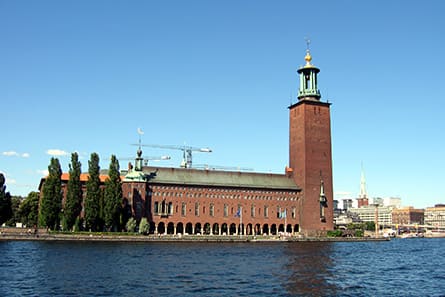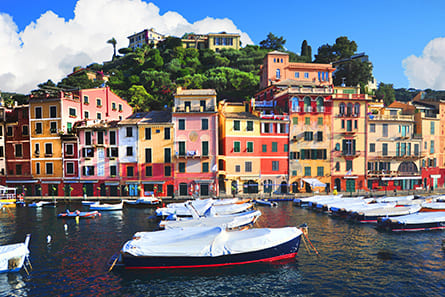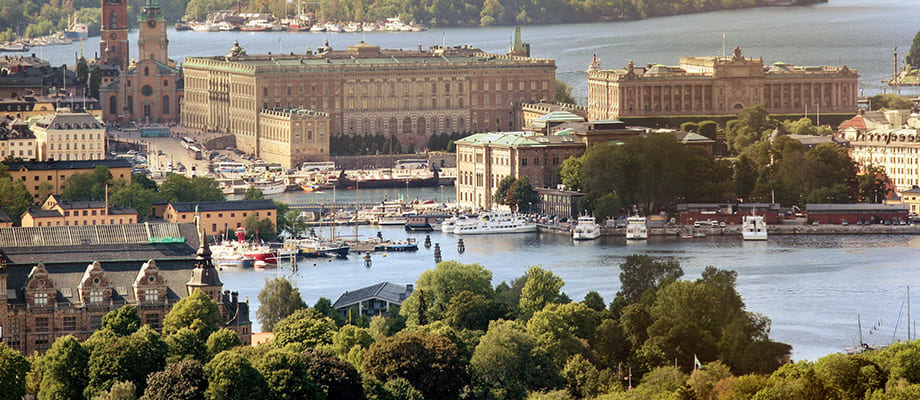
The Baltic Conference Series (BCS) is more than just a scientific knowledge sharing platform. It offers a unique experience of cruising on the Baltic Sea, coupled with guided tours in Helsinki and Stockholm, making it an unparalleled event in the scientific community.
While the primary focus of the BCS is to enrich scientific knowledge, the extracurricular and social activities are designed to provide an overall enriching experience. The meticulously planned cruise and visits to famous places and monuments in Helsinki and Stockholm cater to the explorer in every attendee. The Congress offers an exceptional conference program to its delegates, thanks to these activities.
The BCS offers a rare opportunity for attendees to explore the cultural and historical heritage of Helsinki and Stockholm. Attendees can enjoy guided tours to famous landmarks and monuments, including the Helsinki Cathedral, the Suomenlinna Fortress, the Royal Palace of Stockholm, and the venue of Nobel Prize. These tours provide a glimpse into the history, art, and architecture of the region.
Moreover, the cruise experience on the Baltic Sea adds an extra dimension to the conference. The sea voyage offers a serene and peaceful setting for attendees to network and discuss ideas. It also provides an opportunity to enjoy the stunning beauty of the Baltic Sea, with its clear waters and breathtaking landscapes.
The Baltic Conference Series is a unique event that provides an unmatched experience for attendees. It offers an exceptional platform for scientific knowledge sharing, while also providing an enriching cultural and historical experience. The meticulously planned activities, including the cruise and guided tours, make it an event that is not to be missed.
The Baltic Sea
The Stockholm archipelago is one of the main highlights of the Baltic Sea cruise conference. It is made up of over 30,000 islands and islets, providing a breathtaking view for the conference delegates. The archipelago is located just outside of Stockholm and spans for about 150 kilometers, making it one of the largest archipelagos in the world.
The Stockholm archipelago offers a unique opportunity to explore a variety of landscapes and habitats, including dense forests, rocky outcrops, sandy beaches, and small fishing villages. The archipelago is also home to many species of wildlife, including seals, sea eagles, and a variety of fish species. It is truly a natural wonder, offering conference delegates an unforgettable experience.
The Baltic Conference that travel between Stockholm and Helsinki offer delegates a chance to witness the beauty of the archipelago up close. Many of the islands are uninhabited, providing a sense of peace and tranquility that is hard to find in other parts of the world. The clear blue waters of the Baltic Sea offer a refreshing contrast to the rugged landscapes and rocky shorelines of the islands.
In addition to its natural beauty, the Stockholm archipelago also has a rich history. The islands have been inhabited since prehistoric times and have played an important role in the region’s history. The Baltic Sea and the Stockholm archipelago present an incomparable and enduring experience to those who visit. The region's exceptional natural beauty and fascinating history render it a destination not to be missed, particularly for those with an affinity for nature, culture, and history. Attendees of the Baltic Conference can also benefit from the networking opportunities available, contributing to our goal of "Knowledge Experience at Sea."
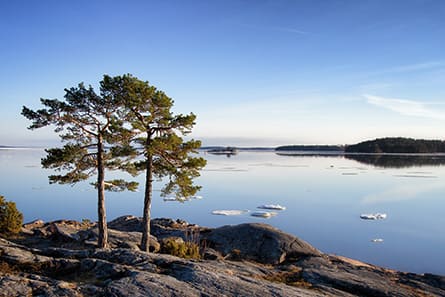
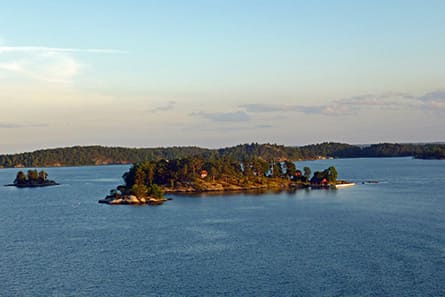
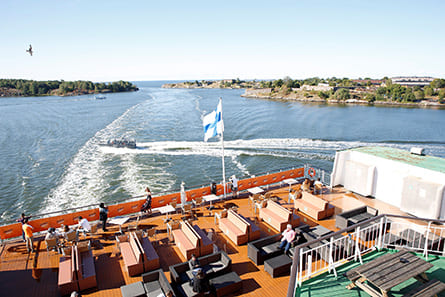
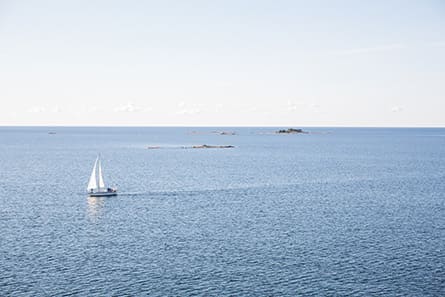
Global cultural exchange onboard
Global cultural exchange onboard Baltic Conference is an experience that one must not miss out on. It is a unique opportunity to learn and understand different cultures, interact with people from various displeneries, and explore the diversity of the world. A cruise is a perfect place to engage in cultural exchange as it brings together people from all over the world and provides a platform to showcase different cultural traditions, cuisines, and art forms.
One of the most exciting aspects of a global cultural exchange onboard Baltic Conference is the food. The culinary team on the cruise prepares a range of dishes that cater to the diverse tastes of the delegates. Specialy the Scandinavian food menu would showcase an array of exclusive Scandinavian delicacies, such as smoked salmon, pickled herring, meatballs, and lingonberry jam. These dishes not only represent the unique flavors of the region but also provide insight into its cultural practices and traditions.
Apart from food, music is another aspect that plays a significant role in cultural exchange onboard Baltic Conference. The cruise would host special concerts featuring modern and historical musical heritage of the region. Delegates would get the opportunity to enjoy traditional Scandinavian music, such as folk music and Viking-inspired music, as well as contemporary Scandinavian music, such as pop and rock. The concerts would also provide insights into the region's musical traditions, including the use of traditional instruments such as the nyckelharpa and the Hardanger fiddle.
Dance forms are yet another exciting aspect of cultural exchange onboard Baltic Conference. Delegates would get the opportunity to learn and participate in traditional Scandinavian dance forms such as the polka, waltz, and folk dance. The dance forms are an essential aspect of Scandinavian culture and provide a unique insight into the region's customs and traditions.
The interaction among delegates from different communities is another important aspect of cultural exchange onboard Baltic Conference. The cruise provides a platform for people from all over the world to interact with each other and share their experiences. This interaction helps in fostering understanding and appreciation of different cultures, traditions, and practices. It also helps in breaking down stereotypes and prejudices that people may have about other cultures.
Moreover, the Baltic Conference provides an opportunity for delegates to learn about the history and cultural significance of the places they visit. The cruise itinerary may include stops at various ports of call, providing delegates with the opportunity to explore the region's history, art, architecture, and culture. The cruise may also organize tours and excursions to famous landmarks and cultural sites, such as museums, art galleries, and historical monuments.
In conclusion, global cultural exchange onboard Baltic Conference is an enriching and memorable experience. It provides a unique opportunity to learn about different cultures, interact with people from different communities, and explore the diversity of the world. The food, music, dance forms, and interaction among delegates all contribute to making the experience an unforgettable one. The Baltic Conference is a perfect place to engage in cultural exchange as it brings together people from all over the world and provides a platform to showcase different cultural traditions, cuisines, and art forms.
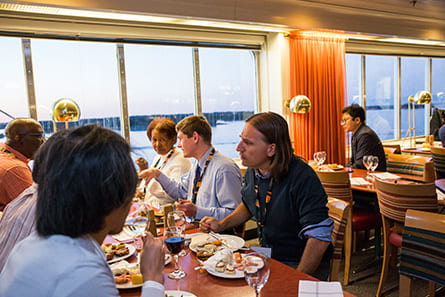
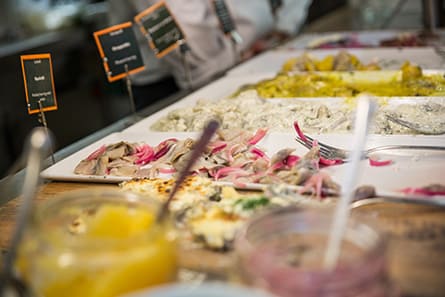
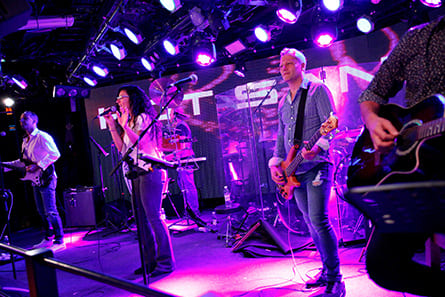
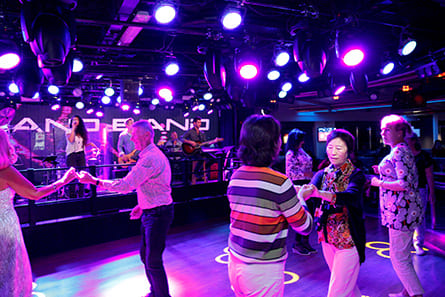
Guided tours of Helsinki and Stockholm
The Batic Conference program includes guided tours in Helsinki and Stockholm. Helsinki and Stockholm are two of the most beautiful cities in the Nordic region, with rich cultural heritage, breathtaking architecture, and a vibrant atmosphere. Both cities offer a unique blend of modernity and tradition, and are popular tourist destinations. In this article, we will take you on a guided tour of Helsinki and Stockholm, highlighting the must-see sights, cultural landmarks, and popular attractions in each city.
Helsinki, Finland
Helsinki, the capital of Finland, is known for its stunning architecture, beautiful waterfront, and rich cultural heritage. It is a vibrant city that offers a blend of modernity and tradition, with plenty of attractions and sights for tourists to explore. Here are some of the top sights and attractions to see during your visit to Helsinki:
- Suomenlinna Sea Fortress: This is a UNESCO World Heritage site that dates back to the 18th century. The fortress is built on a group of islands and offers stunning views of the Baltic Sea. Visitors can explore the fortress, visit museums and exhibitions, and enjoy a picnic in the beautiful surroundings.
- Helsinki Cathedral: This is one of the most iconic landmarks in Helsinki and is located in the heart of the city. The cathedral was built in the 19th century and is known for its stunning neoclassical architecture. Visitors can climb the steps to the top of the cathedral for panoramic views of the city.
- Market Square: This is the central market in Helsinki and is located in the waterfront area. The market is known for its fresh produce, seafood, and handicrafts. Visitors can sample local delicacies, buy souvenirs, and enjoy the lively atmosphere.
- Sibelius Monument: This is a unique sculpture located in Sibelius Park that was built in honor of the Finnish composer Jean Sibelius. The monument is made up of over 600 stainless steel tubes that create a unique visual effect. Visitors can take photos, admire the sculpture, and enjoy the beautiful surroundings.
- Temppeliaukio Church: This is a unique church that is built into a rock formation. The church is known for its stunning architecture, natural acoustics, and peaceful atmosphere. Visitors can attend a service, enjoy a concert, or simply admire the unique surroundings.
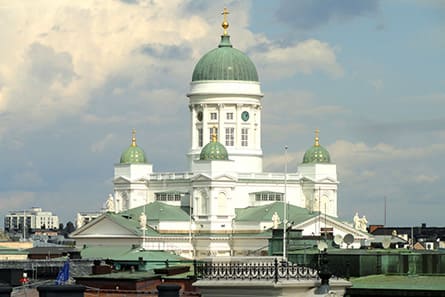
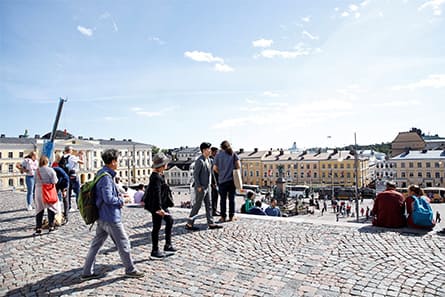
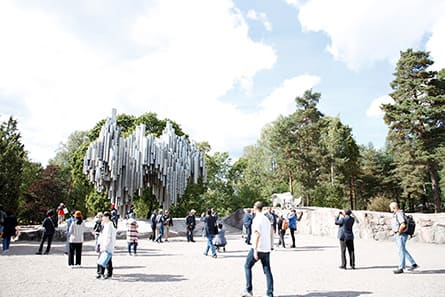
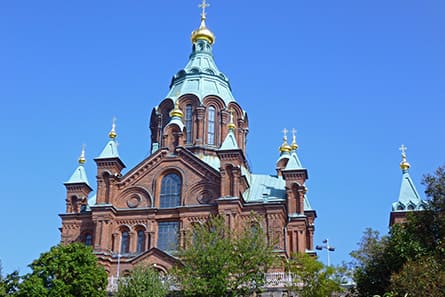
Stockholm, Sweden
After their return to Stockholm, the delegates will have the chance to visit some of the most celebrated sites and historical landmarks in the Nobel City. Stockholm, the capital of Sweden, is a beautiful city that combines its rich history with modern-day architecture and design. It is home to numerous museums, galleries, and parks, making it a must-visit destination for travelers from all over the world. One of the unique features of Stockholm is its association with the Nobel Prize, which was established by Alfred Nobel, a Swedish chemist and inventor, in 1895. Nobel is famous for inventing dynamite, and he went on to establish the Nobel Prize to recognize outstanding contributions in the fields of science, literature, and peace.
Guided tours in Stockholm often include a visit to the place where Alfred Nobel invented dynamite, as well as the venue for the Nobel Prize ceremony and the banquet hall where the laureates are celebrated.
The place where Alfred Nobel invented dynamite is located on the island of Lidingö, which is just outside the city center of Stockholm. The Nobel Museum offers guided tours of the site, which is now a museum showcasing Nobel's life and work. Visitors can learn about the science behind dynamite, as well as the controversy surrounding its use in warfare. The museum also offers exhibits on other Nobel Prize laureates, including Marie Curie and Albert Einstein, and their contributions to science.
Another highlight of Stockholm's Nobel connection is the Nobel Prize ceremony, which is held every year on December 10th at the Stockholm Concert Hall. The ceremony is a formal affair attended by members of the Swedish royal family, government officials, and invited guests. The Nobel laureates are presented with their prizes by the King of Sweden, and their achievements are celebrated in speeches and performances.
The Nobel Prize banquet is another highlight of the ceremony, and it takes place in the Blue Hall of Stockholm City Hall. The hall is a grand space decorated with gold leaf and mosaics, and it can accommodate up to 1,300 guests. The banquet is a formal affair, with guests dressed in black tie and evening gowns, and the menu is carefully planned to reflect the Swedish culinary tradition. The banquet is a celebration of the achievements of the Nobel laureates and a reminder of the importance of their work in advancing science, literature, and peace.
One of the lesser-known venues associated with the Nobel Prize is the Baccarat Room at the Grand Hôtel Stockholm. The room is named after the Baccarat crystal chandelier that hangs from its ceiling, which was a gift from King Oscar II to the hotel in 1897. The room has hosted numerous Nobel laureates over the years, including Winston Churchill and Martin Luther King Jr. Today, the Baccarat Room is a popular venue for weddings and private events, and it retains its original grandeur and elegance.
In conclusion, Stockholm offers visitors a unique opportunity to explore the history and legacy of the Nobel Prize. Guided tours of the city often include visits to the place where Alfred Nobel invented dynamite, the venue for the Nobel Prize ceremony, and the banquet hall where the laureates are celebrated. The city's association with the Nobel Prize is a testament to its commitment to innovation, excellence, and peace, and it is a reminder of the importance of recognizing and rewarding those who contribute to the betterment of society.
